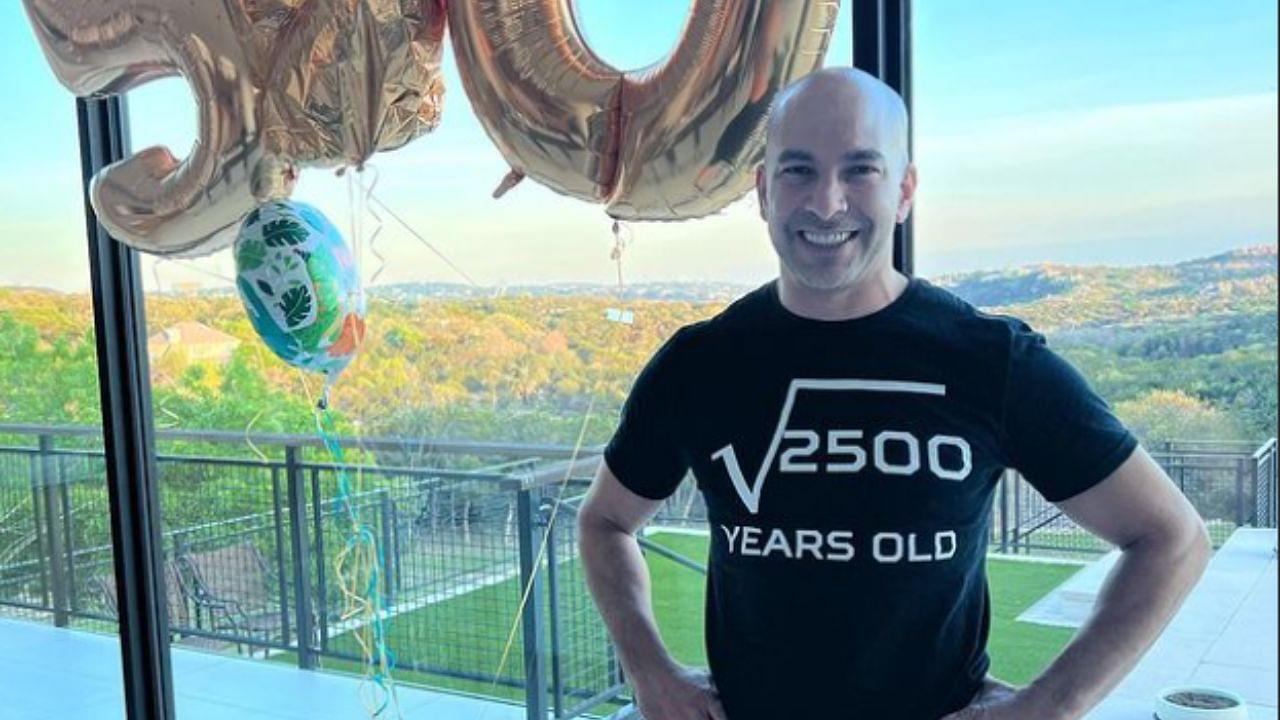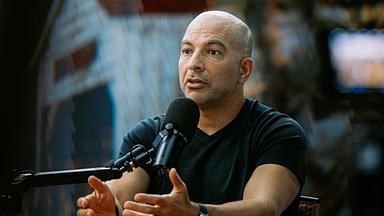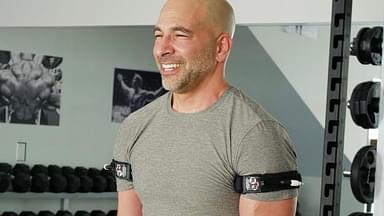For decades, bodybuilding has forged various ways to increase strength and build mass. With the help of various exercises, the sport has given rise to not only some of the most iconic bodybuilders but also channeled ways to make fitness accessible and enticing. However, physician Dr. Peter Attia pondered upon the activities that bodybuilding involved, particularly something as intense as deadlifting, and how they made or broke bodies.
In a conversation with back expert Dr. Stuart McGill, Dr. Attia focused on deadlifts and squats as a beneficial exercise and how they could be risky by a large margin. Dr. McGill addressed the situation concerning middle-aged people wanting to establish records and beat their personal bests.
The physician started by confessing how he began deadlifting at a time when he didn’t quite know about the advantages of certain nuances. Small positional changes, focusing on where to put appropriate pressure, the tension on the arm, and so on were factors that he embarrassingly ignored.
Yet now, at 50, Dr. Attia often takes advantage of a proper deadlift with the perfect posture. The catch here, however, is that he refrains from regularly practicing it. Since entering middle age, Dr. Attia has found himself taking extended breaks from deadlifting and attempting other exercises to compensate for the exercise’s high-risk factor. He asked Dr. McGill for advice surrounding middle-aged people deadlifting.
“In other words, deadlifting is valuable, but you have a narrow operating window in which you can potentially hurt yourself.”
To this, Dr. McGill narrated how he talked one of his middle-aged clients out of doing intense activities. He recalled spending time with powerlifter Ed Coan around this time. Coan would stay away from deadlifting for months after establishing a personal best. This is due to the damage that the body endures upon subjection to extreme intensity.
“To set a personal best is so demanding of your body… If you set a true personal best, most people experience micro-fracturing just underneath the plate of the trabecular bone.”
He realized that professionals in the field would often take days or weeks to recover. This period allows the bones to reinforce themselves and heal. Therefore, Dr. McGill revealed how he would present the reality to his middle-aged clients if they wished to create personal bests in deadlifts or perform activities involving extreme levels of intensity.
Dr. McGill shares his observations on the impact of deadlifts on mobility with Dr. Peter Attia
Further into their conversation, the back expert remembered a senior athlete wanting to work on their mobility and strength. The challenge was to walk down a hill with a twist. He wanted him to lean the opposite way against the ground while doing so.
Not only did the athlete fail to maintain proper posture, but they also found it tough to walk backward. He then subjected the athlete to a few more walking routines that involved restraint and pressure, which they found difficult to perform. While deadlifts and squats were good for training, Dr. McGill concluded that older age demanded mobility.





